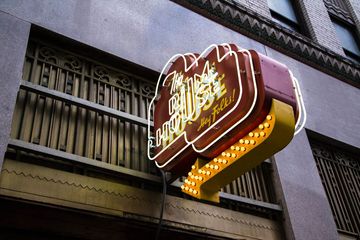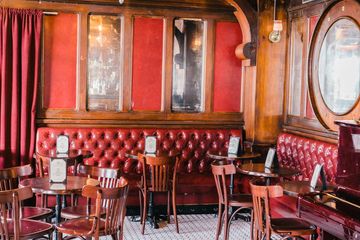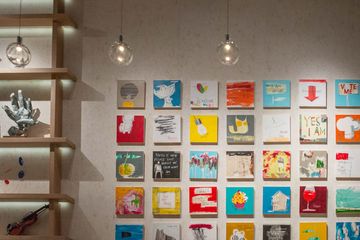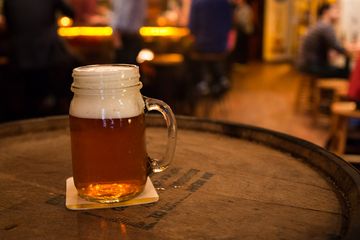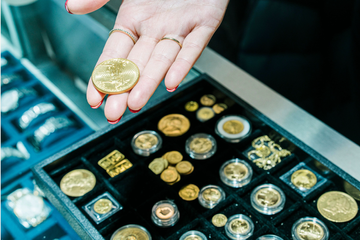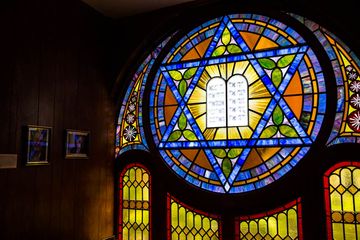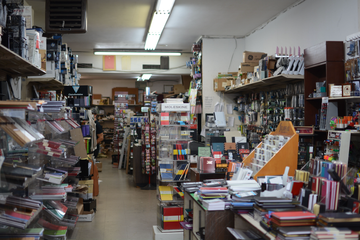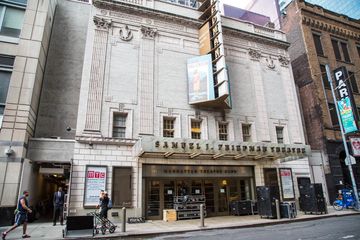Aldo Sohm Wine Bar, which opened in the late summer of 2014, pairs ease with elegance as a welcome addition to 51st Street. “We live in a very fast-paced world. ” In midtown Manhattan, these words resonate. But spoken by Aldo Sohm, seated at a table in his eponymous wine bar, they seem incongruous. “The idea is basically that when you walk in here, you walk into my living room. To me, it’s always important that you be in a place where you feel comfortable. ”Sohm continues his role as wine director at Le Bernardin, the four-star restaurant located across the 6½ Avenue pedestrian plaza. At the wine bar, however, he and Le Bernardin’s co-owners, Maguy Le Coze and Eric Ripert, have created a setting distinct from the formal restaurants in Manhattan, in its simplicity and lack of pretense. To be clear, it shares the elegance and attention to quality of its neighbors. But upon entering, an open arrangement of sofas beckons patrons to sit down. Sohm has noticed guests who arrived separately conversing across tables - sometimes even discussing their choice in wine. And wine is the focus at Aldo Sohm. Eric Ripert, Le Bernardin’s acclaimed chef, oversees the food menu; so, whether wine accompanies lunch, dinner, or a snack, it promises to impress. Guests can order bites to complement a glass of wine, like a grilled foie gras “lollipop” or a warm skewer of baby beets. Shareables include a whole baked cauliflower and a plate of Murray’s cheese with a Maison Kayser baguette. Sohm emphasizes the flexibility of the experience. If not in the lounge area, there are tall square tables for seating. The thick oak “sommelier table” incorporated into the bar seats guests on both sides, ensuring that no one is excluded from conversation. Sohm chose these arrangements intentionally. The wine bar endeavors to be unpretentious, relaxing and fun. Evoking this sensation, the architectural firm Bentel & Bentel incorporated clean lines and bold color in designing the interior. Sohm and his co-owners deliberated considerably in choosing the art in their “living room. ” Ample shelves extend to the double height ceiling, featuring artifacts meaningful to Sohm. Having grown up in Austria, Sohm points out, “I like things very very clean, very European. I like colors on top of it. ” A stack of Interior Design magazines becomes a design object itself as a cube of rainbow spines. The curves of miniature Panton S-chairs, each a different color, mirror the charred wood molds of the delicately hand-blown Zalto glasses in which each wine is served. Sohm is the brand ambassador for Zalto, an Austrian-based glassware manufacturer. To learn more about the varied wine offerings, visitors can reserve the tasting room. Aerial photographs of wine growing regions flank the eight-person table, allowing the sommelier to incorporate a visual element and story of provenance to the tasting. Sohm - once designated the “Best World Sommelier” by the Worldwide Sommelier Association - maintains humility despite his accomplishments. He wants the wine bar to be just as down to earth; an antidote to a demanding day, it exudes precision and sophistication.

